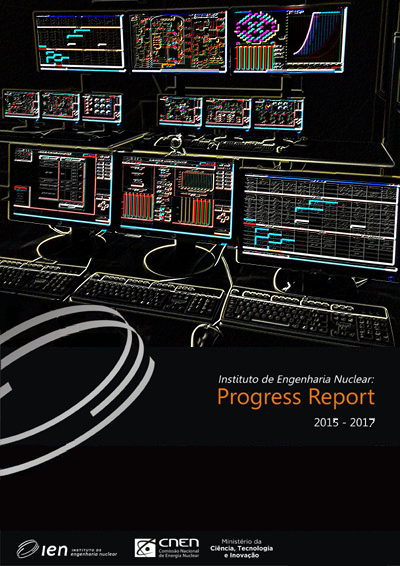Use of 3H and 14C to characterize the flow system in a fractured aquifer and their implication on water quality
Palavras-chave:
tritium, carbon-14, groundwater, uranium miningResumo
Knowledge of residence time is an important parameter for understanding aquifer recharge and dynamics, as well as provides important insights on water quality issues. Although the hydraulic parameters of a fractured aquifer under semi-arid conditions can be obtained by field tests, the characterization of the groundwater flow, including residence time and recharge rates is still limited due to the heterogeneity of the fractured rock and water scarcity. The Caetité Experimental Basin (CEB), located in semi-arid conditions of Northeastern Brazil, faces not only the challenges associated with water scarcity, but also potential contamination processes due to uranium mining and milling activities. This paper describes the characterization of the flow system of the fractured aquifer of CEB and its implication on water quality. Isotope techniques (radioactive tracers 14C and 3H) combined with hydrochemistry were used to understand the aquifer dynamics and groundwater dating.The results from 3H in groundwater varied from -0.01±0.27 to 1.29±0.28 T.U, while the 14C content varied from 72.8±0.33 to 104±0.43 pcm. 3H values were consistent with the ones measured for 14C. Therefore, groundwater residence times were estimated based on the 14C activities measured without any correction. The estimated 14C groundwater ages ranged from modern (few hundreds of years) to about 1700 years in this aquifer. We suggest that the CEB fractured aquifer is characterized by two flow systems: one characterized by fast recharge and short residence times (more vulnerable to contamination), and another characterized by a slower recharge and longer residence times.
Referências
FRANKLIN, M. et. al. Use of 3h and 14c to characterize the flow system in a fractured aquifer and their implication on water quality. In: INTERNATIONAL SYMPOSIUM ON ISOTOPE HYDROLOGY, 2015, Vienna. Anais… Vienna: International Atomic Energy Agency, mai. 2015. Não paginado.
Downloads
Publicado
Como Citar
Edição
Seção
Licença
Copyright (c) 2018 Mariza Ramalho Franklin, Valeska Peres de Araujo, Marisol Manzano, Luis Toro, Luis Araguas-Araguas

Este trabalho está licenciado sob uma licença Creative Commons Attribution-NonCommercial-NoDerivatives 4.0 International License.


